The rise of health-conscious cooking has led many home chefs to seek safer alternatives to traditional non-stick cookware.
Borosilicate glass cookware brands have emerged as the gold standard for chemical-free cooking, offering unparalleled safety and durability that conventional materials simply cannot match.
Unlike regular soda-lime glass or coated cookware that may release harmful chemicals when heated, borosilicate glass maintains its integrity across extreme temperature ranges while providing a completely non-reactive cooking surface.
Whether you’re a professional baker seeking thermal shock resistance or a health-conscious parent wanting toxin-free meal preparation, choosing the right borosilicate glass cookware manufacturer can transform your cooking experience.
This comprehensive guide examines the top manufacturers, from heritage European brands to innovative American companies, helping you make an informed decision that prioritizes both performance and safety in your kitchen.
Health and Safety Benefits
Borosilicate glass cookware offers unmatched health advantages that make it the preferred choice for safety-conscious cooks.
The non-porous, chemically inert surface ensures that no harmful substances leach into your food, regardless of cooking temperature or acidity levels.
Unlike non-stick coatings that can release toxic fumes when overheated, or aluminum cookware that may contribute trace metals to food, borosilicate glass maintains complete chemical stability.
The FDA-approved material contains no PFOA, PTFE, heavy metals, or other concerning chemicals commonly found in conventional cookware.
This makes it particularly valuable for families with young children, individuals with chemical sensitivities, or anyone following strict dietary protocols.
The glass surface doesn’t absorb flavors, odors, or stains, ensuring that each meal tastes exactly as intended without cross-contamination from previous cooking sessions.
Lead-free certification is standard among quality borosilicate manufacturers, providing additional peace of mind.
The transparent nature of the material also allows for easy inspection of cleanliness and food safety, eliminating concerns about hidden bacteria or residue that might accumulate in opaque cookware materials.
Performance Advantages
The superior performance characteristics of borosilicate glass stem from its unique thermal properties and structural design.
The low thermal expansion coefficient prevents cracking or shattering when exposed to rapid temperature changes, allowing seamless transitions from freezer to oven without thermal shock damage.
This reliability makes it ideal for meal prep strategies that require diverse temperature exposures.
Even heat distribution is another key advantage, as the glass material conducts heat uniformly across the entire surface.
This eliminates hot spots that can cause uneven cooking or burning, particularly important for delicate baking applications like custards, soufflés, or precision temperature-sensitive recipes.
The consistent heating also reduces energy consumption by maintaining stable temperatures more efficiently than many metal alternatives.
Microwave compatibility adds versatility to borosilicate cookware, allowing for safe reheating without concerns about metal interference or chemical reactions.
The dishwasher-safe properties simplify cleanup while maintaining the material’s integrity over thousands of wash cycles.
Unlike plastic containers that can warp or degrade, or metal pans that may rust or corrode, borosilicate glass maintains its original form and function for decades with proper care.
Top 15 Borosilicate Glass Cookware Brands: Complete Analysis
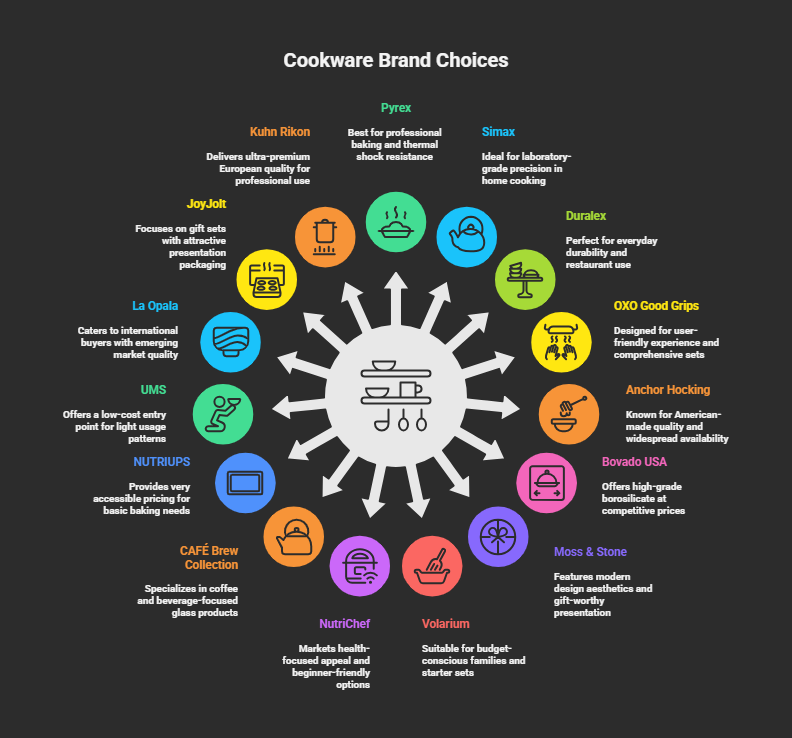
Tier 1: Premium Heritage Brands
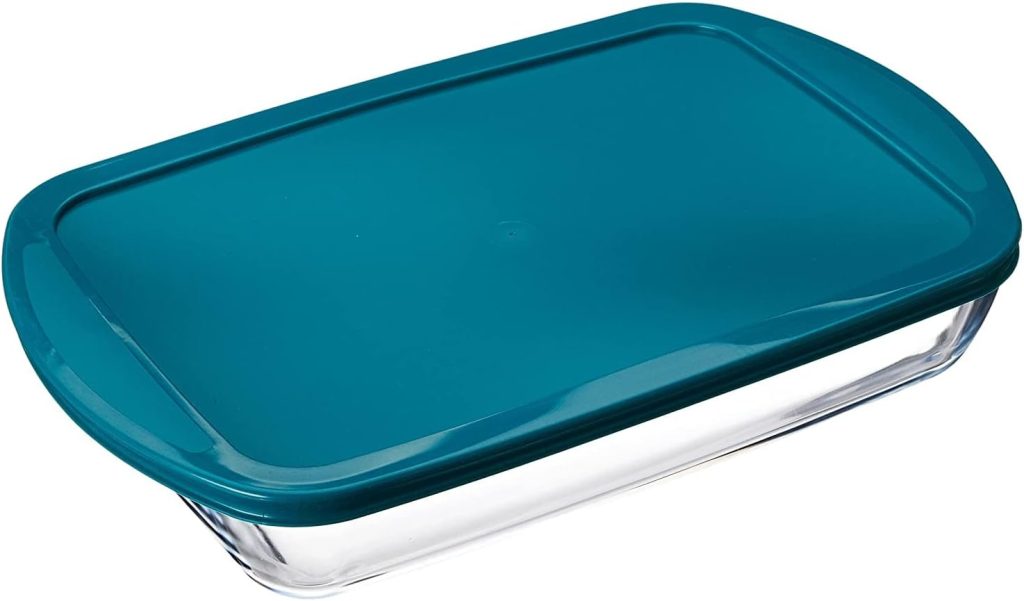
1. Pyrex (European/French Version)
Origin: France (Borosilicate) vs USA (Tempered soda-lime)
Best For: Professional baking, thermal shock resistance
Key Products: Baking dishes, measuring cups, storage containers
Pros: True borosilicate construction, proven durability, wide availability
Where to Buy: European specialty retailers, verified borosilicate suppliers
2. Simax (Czech Republic)

Origin: Czech Republic
Best For: Laboratory-grade precision for home cooking
Key Products: Casserole dishes, teapots, scientific-grade bakeware
Pros: Highest quality borosilicate, exceptional clarity, professional grade manufacturing
Cons: Limited availability in some regions, specialized retailer networks
3. Duralex (France)
Origin: France
Best For: Everyday durability, restaurant use
Key Products: Bowls, plates, storage containers
Pros: Tempered borosilicate, stackable design, commercial durability standards
Cons: Limited bakeware selection, focus on serving pieces over cooking vessels
Tier 2: Premium American Brands

4. OXO Good Grips
Origin: USA (designed), China (manufactured)
Best For: User-friendly design, comprehensive sets
Key Products: 14-piece bake/serve/store sets, individual baking dishes
Pros: Ergonomic handles, nesting design, comprehensive lifetime warranty
5. Anchor Hocking (TrueFit Series)
Origin: USA
Best For: American-made quality, widespread availability
Key Products: Baking dishes, measuring cups, mixing bowls
Pros: Domestic manufacturing, widely available, established brand reputation
Tier 3: Value-Oriented Quality Brands
6. Bovado USA

Origin: USA (designed)
Best For: High-grade borosilicate at competitive pricing
Key Products: Rectangular casserole dishes, round baking dishes
Pros: True borosilicate construction, competitive pricing, solid warranty coverage
Cons: Limited brand recognition, smaller product range compared to major brands
7. Moss & Stone

Origin: USA (designed), China (manufactured)
Best For: Modern design aesthetics, gift-worthy presentation
Key Products: Designer bakeware sets, elegant serving dishes
Pros: Attractive contemporary styling, gift-ready packaging
8. Volarium
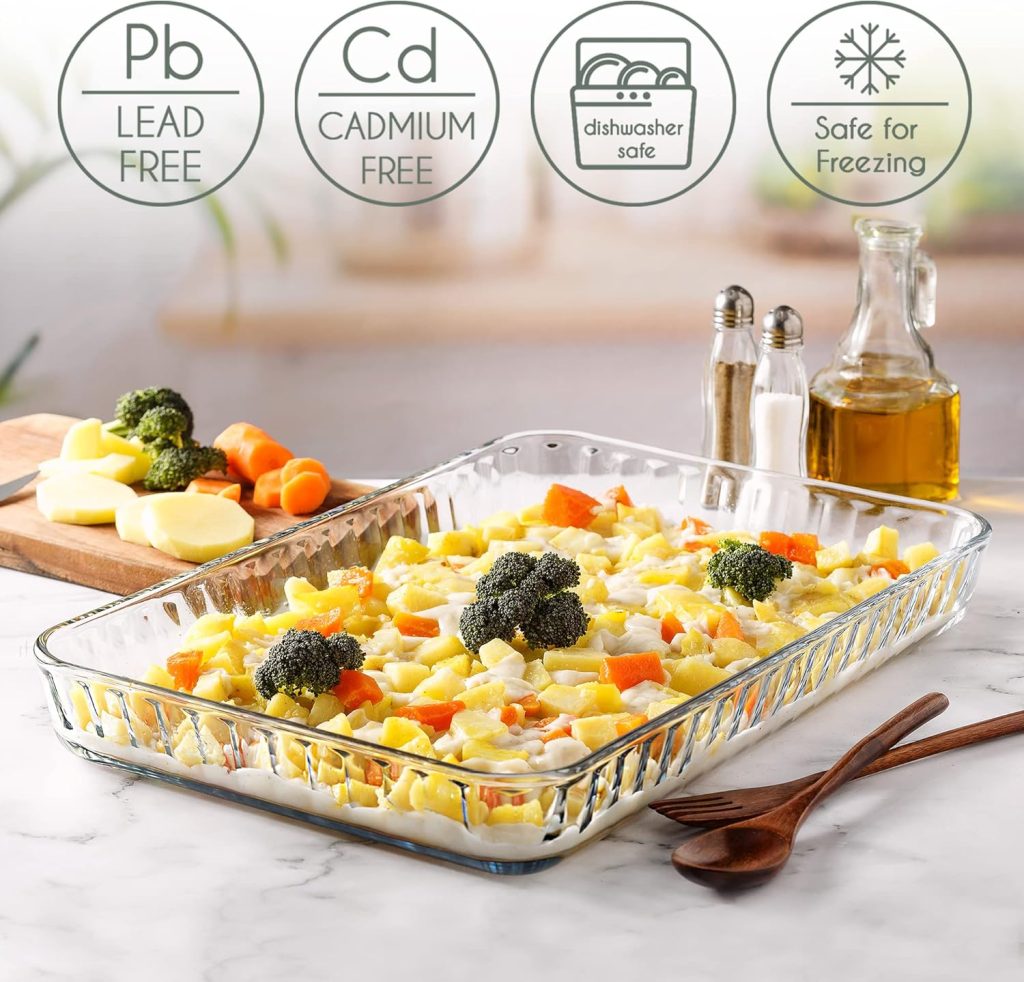
Origin: Europe
Best For: Budget-conscious families, starter cookware sets
Key Products: Basic casserole dishes, fundamental mixing bowls
Pros: Accessible pricing, adequate quality for occasional use
Tier 4: Specialized and Emerging Brands
9. NutriChef
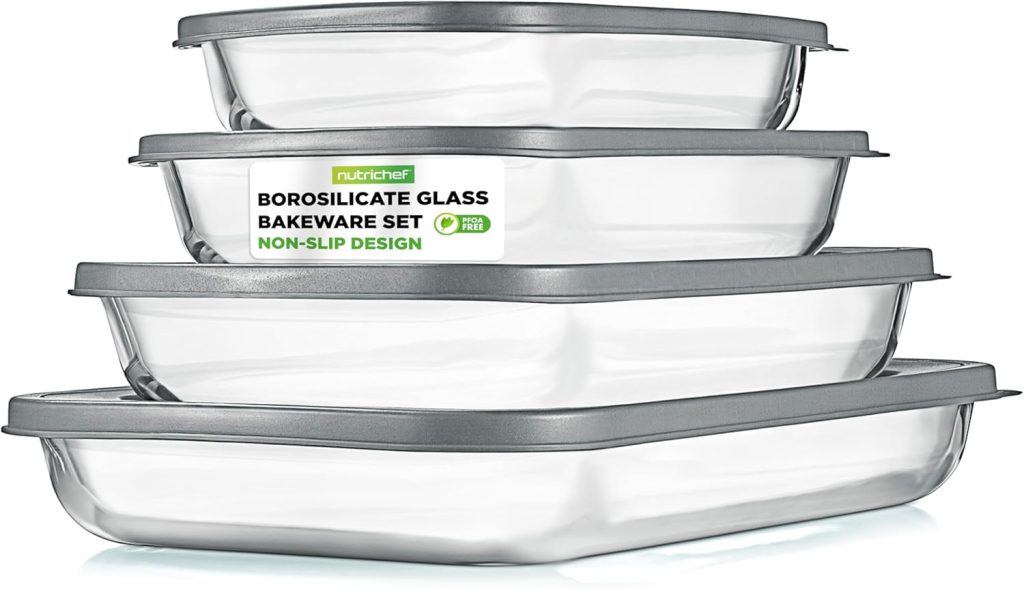
Origin: USA (designed), China (manufactured)
Best For: Health-focused marketing appeal, beginner-friendly options
Key Products: Freezer-to-oven bakeware, rectangular casserole dishes
Pros: Health-conscious branding, comprehensive starter sets
10. CAFÉ Brew Collection

Origin: USA
Best For: Coffee and beverage-focused glass products
Key Products: Stovetop whistling kettles, specialized coffee servers
Pros: Unique beverage-specific designs, specialized coffee equipment expertise
To understand how different materials compare in cooking performance, our comprehensive borosilicate glass vs ceramic cookware analysis provides detailed insights into the advantages of each option.
11. NUTRIUPS
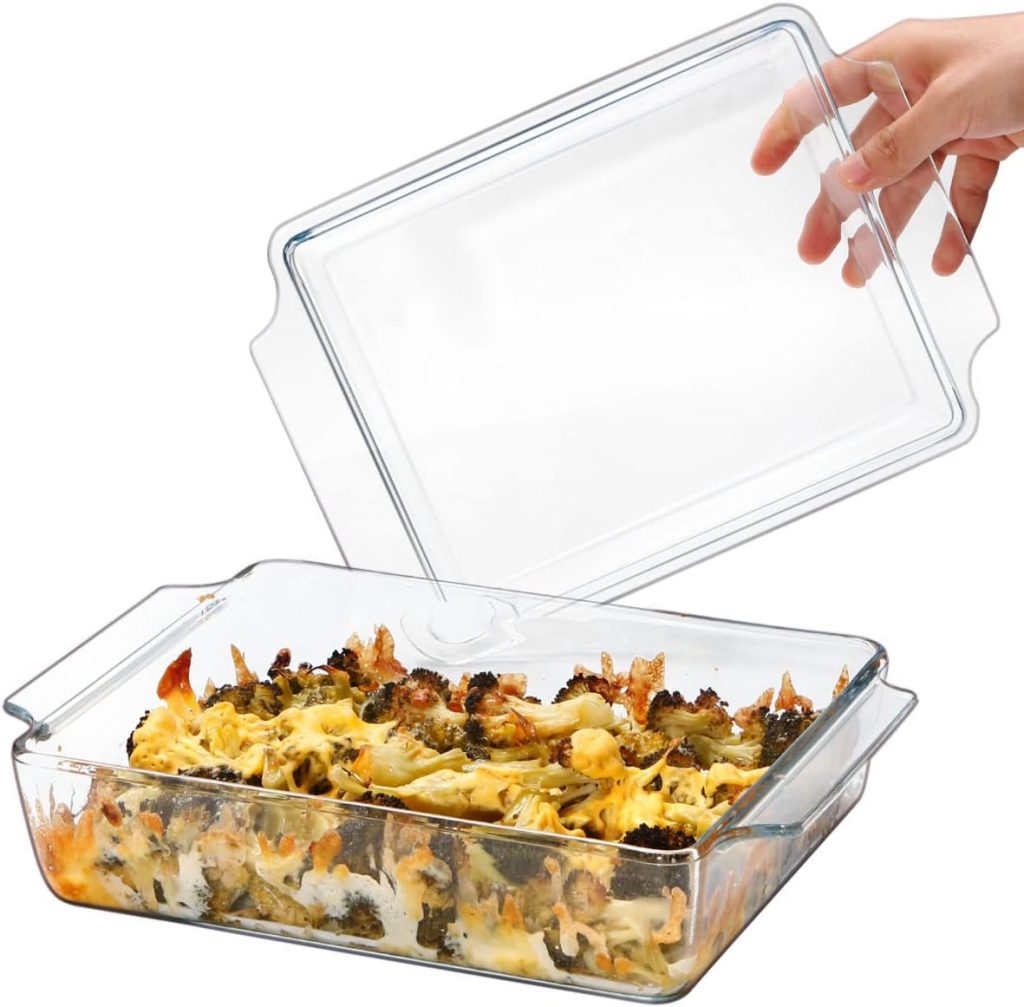
Origin: China
Best For: Budget-conscious buyers, basic baking needs
Key Products: Rectangular casserole dishes, essential bakeware pieces
Pros: Very accessible pricing, covers basic functionality requirements
12. UMS

Origin: China
Best For: Value seekers, occasional baking applications
Key Products: Rectangular casseroles, basic serving dishes
Pros: Low cost entry point, adequate for light usage patterns
Tier 5: International Quality Brands
13. La Opala (India)
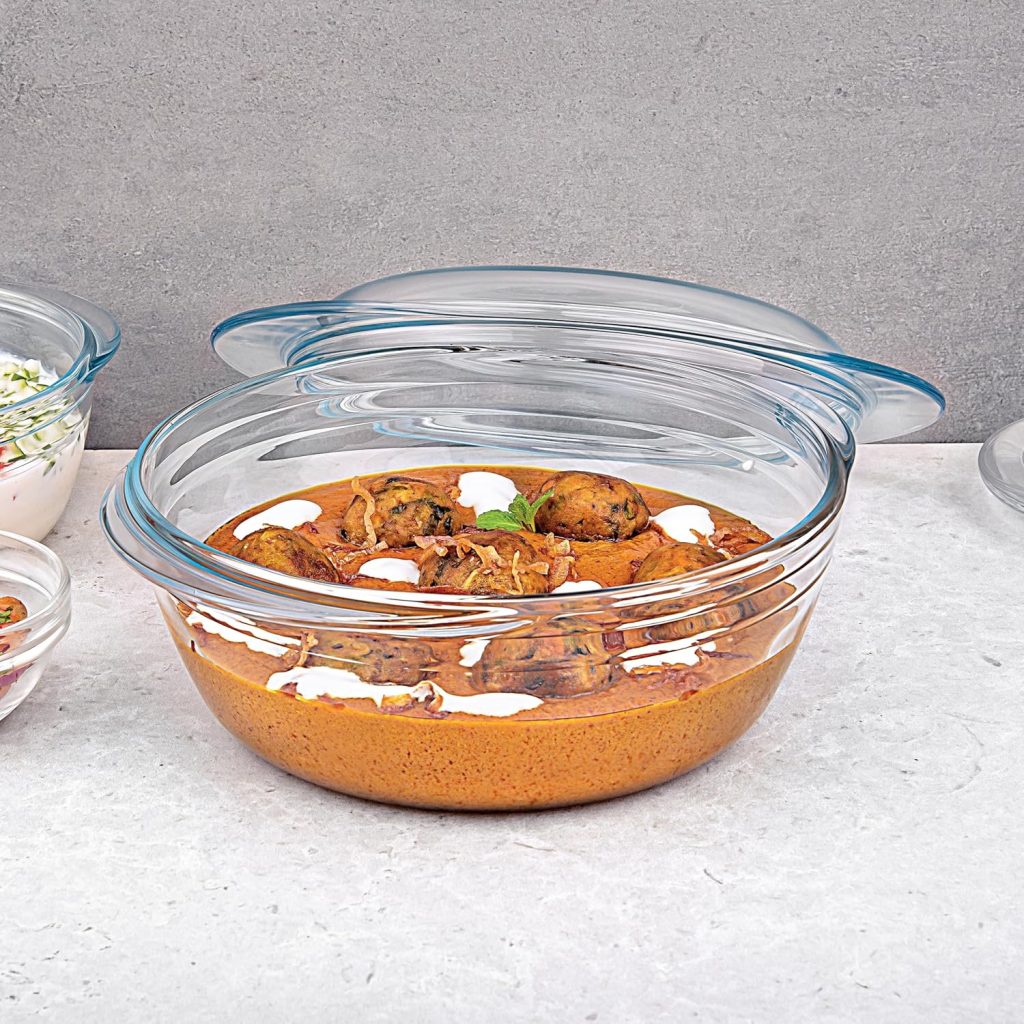
Origin: India
Best For: International buyers, emerging market quality
Key Products: Dinnerware collections, serving dishes, basic bakeware
Pros: Established international presence, good value proposition
14. JoyJolt
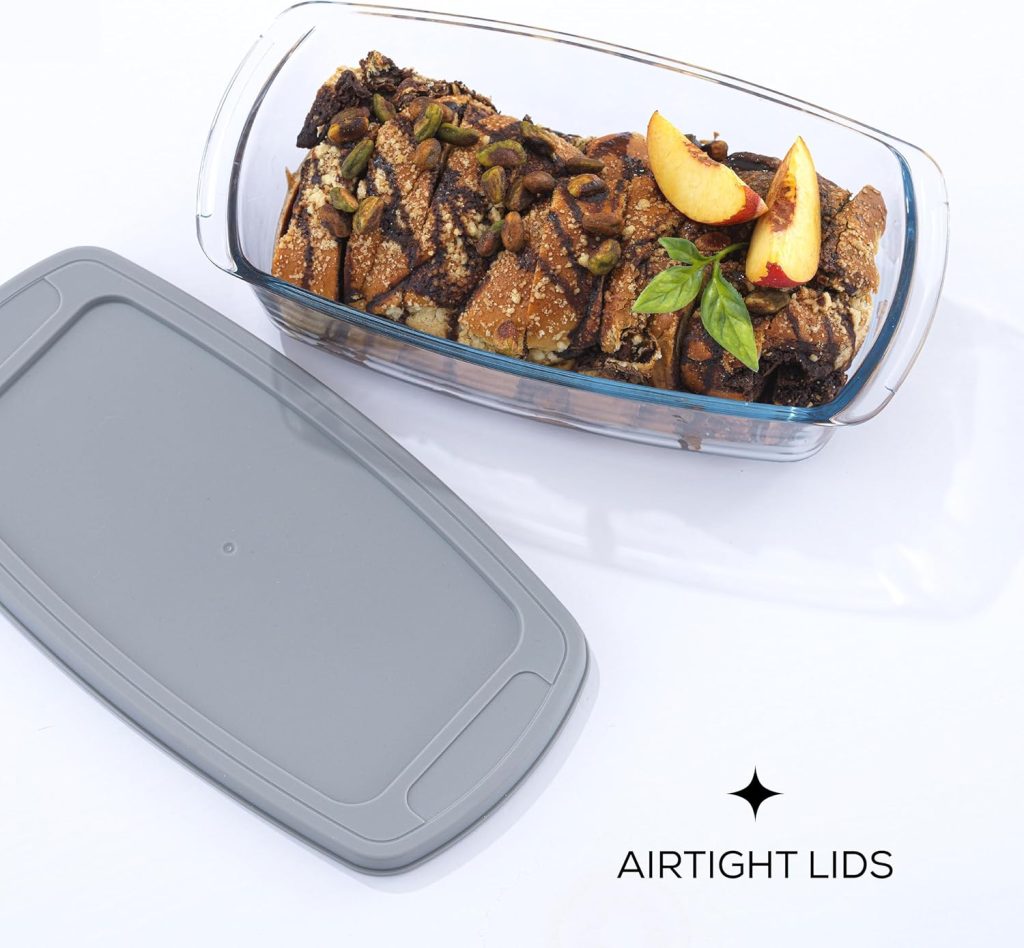
Origin: USA (designed), China (manufactured)
Best For: Gift sets, attractive presentation packaging
Key Products: 4-piece bakeware sets, elegant serving containers
Pros: Premium packaging presentation, lead-free certifications, space-saving nesting design
15. Kuhn Rikon (Switzerland)

Origin: Switzerland
Best For: Ultra-premium European quality, professional applications
Key Products: Specialized Dutch ovens, precision bakeware
Pros: Swiss precision engineering standards, exceptional long-term durability
Understanding the manufacturing differences between regions can significantly impact your purchasing decisions.
Our detailed guide on European vs American glass cookware origins explores these important distinctions.
Buying Guide: How to Choose the Right Borosilicate Cookware
Selecting the ideal borosilicate glass cookware requires careful consideration of several key factors that will determine long-term satisfaction and performance.
Your intended use should guide the decision-making process, as professional baking demands different qualities than casual food storage or occasional cooking applications.
Quality indicators
This first criteria serve as the primary evaluation criteria. True borosilicate glass will be clearly marked on packaging and product descriptions, distinguishing it from tempered soda-lime alternatives.
Look for thickness and weight that suggest substantial construction, as thinner glass may compromise thermal shock resistance.
Handle design and ergonomics become crucial for frequently used pieces, while lid fit and seal quality affect both cooking performance and storage efficiency.
Size and capacity considerations
This should align with your cooking patterns and family size. Standard sizing typically ranges from 1-quart to 4-quart options, with many manufacturers offering nesting designs that maximize storage efficiency.
Multi-purpose versatility adds value, particularly for pieces that transition seamlessly from cooking to serving to storage applications.
Certification and safety standards
This provide additional assurance of quality and safety. Look for FDA approval, lead-free certifications, and thermal shock resistance ratings that meet your cooking requirements.
Manufacturer warranties often reflect confidence in product quality, with longer coverage periods typically indicating superior construction standards.
Red flags to avoid
This include extremely low pricing that suggests compromised materials, absence of thermal shock resistance claims, missing safety certifications, and consistently poor customer service reviews.
These indicators often signal products that may fail prematurely or potentially pose safety risks during use.
For specialized applications requiring laboratory-grade precision, our comprehensive laboratory grade kitchen glassware review provides expert insights into professional-quality options.
Care and Maintenance: Maximizing Your Investment
Proper care and maintenance practices significantly extend the lifespan of borosilicate glass cookware while maintaining optimal performance characteristics.
Understanding proper usage guidelines prevents costly damage and ensures safety during cooking operations.
Temperature transition management
This represents the most critical aspect of borosilicate care. While these materials resist thermal shock better than alternatives, extreme temperature differentials should still be avoided.
Allow reasonable cooling periods between oven and refrigerator transfers, and avoid placing hot dishes directly onto cold surfaces or vice versa.
Cleaning protocols
Cleaning helps to maintain both appearance and functionality over extended use periods.
While dishwasher safety is a key advantage of borosilicate glass, hand washing with gentle detergents preserves surface clarity and prevents potential etching from harsh dishwasher chemicals.
For stubborn stains or baked-on residue, soaking in warm soapy water followed by gentle scrubbing with non-abrasive materials proves most effective.
Storage solutions
Good storage culture protect against chips and cracks that can compromise structural integrity.
Stacking pieces with protective barriers, storing lids separately to prevent pressure stress, and avoiding overcrowded storage areas all contribute to longevity.
Regular inspection for small chips or stress fractures allows for timely replacement before safety concerns develop.
To further understand the maximum temperature resistance in your bakeware selection, our specialized thermal shock resistant bakeware guide offers detailed recommendations and testing insights.
Frequently Asked Questions
Yes, quality borosilicate glass withstands extreme temperature transitions from -40°F to 500°F+ without thermal shock damage, making freezer-to-oven transfers safe and practical.
Most borosilicate cookware safely handles temperatures up to 500°F (260°C), with some premium varieties rated for higher temperatures.
Always check manufacturer specifications for specific limits.
European Pyrex uses borosilicate glass, while American Pyrex typically uses tempered soda-lime glass.
Check country of origin and product specifications for confirmation.
Most borosilicate bakeware is designed for oven use only.
Specialized stovetop-safe pieces like teapots or saucepans are specifically manufactured for direct heat exposure.
Cracks typically result from extreme temperature differentials, physical impact, or manufacturing defects.
Proper temperature transition management prevents most thermal damage.
European brands like Simax, French Pyrex, and Duralex use true borosilicate. American brands vary, with some using tempered soda-lime alternatives.
Quality varies significantly among Chinese manufacturers.
Look for proper certifications, lead-free guarantees, and established brand reputations rather than origin alone.
Authentic European Pyrex features specific markings, country of origin stamps, and distinctive packaging. Purchase from authorized retailers to ensure authenticity.
While the glass surface resists scratching, metal utensils can cause damage over time. Use wooden or silicone utensils to preserve surface integrity.
Soak in warm soapy water, then use baking soda paste for gentle abrasion. Avoid harsh chemicals or abrasive scrubbers that might damage the surface.
Conclusion: Making Your Decision
Choosing the right borosilicate glass cookware brand depends on balancing quality expectations, intended usage patterns, and budget considerations.
For professional applications or frequent cooking, premium heritage brands like Simax or European Pyrex provide unmatched reliability and performance.
If you enjoy cooking and baking then we recommend you consider mid-tier options like Bovado USA or Moss & Stone, which offer true borosilicate quality at accessible pricing.
Budget-conscious buyers can find adequate functionality in carefully selected affordable options, though longevity and performance may be compromised.
Regardless of price point, prioritizing proper certifications, thermal shock resistance, and manufacturer reputation ensures safe, satisfactory performance.
The investment in quality borosilicate cookware pays dividends through decades of chemical-free cooking, exceptional durability, and environmental responsibility.
By choosing established brands with proven track records, you’re not just purchasing cookware, you’re investing in healthier cooking practices and sustainable kitchen solutions that benefit both your family and the environment.